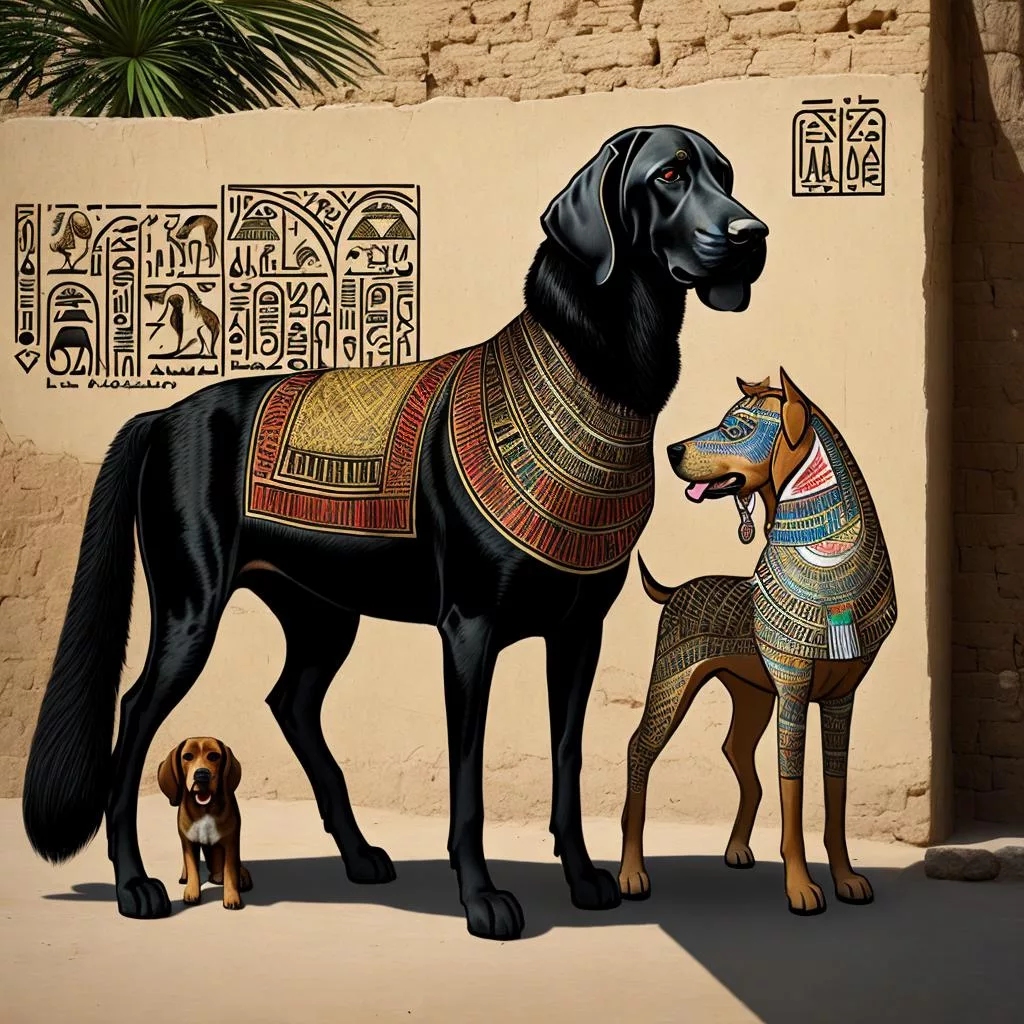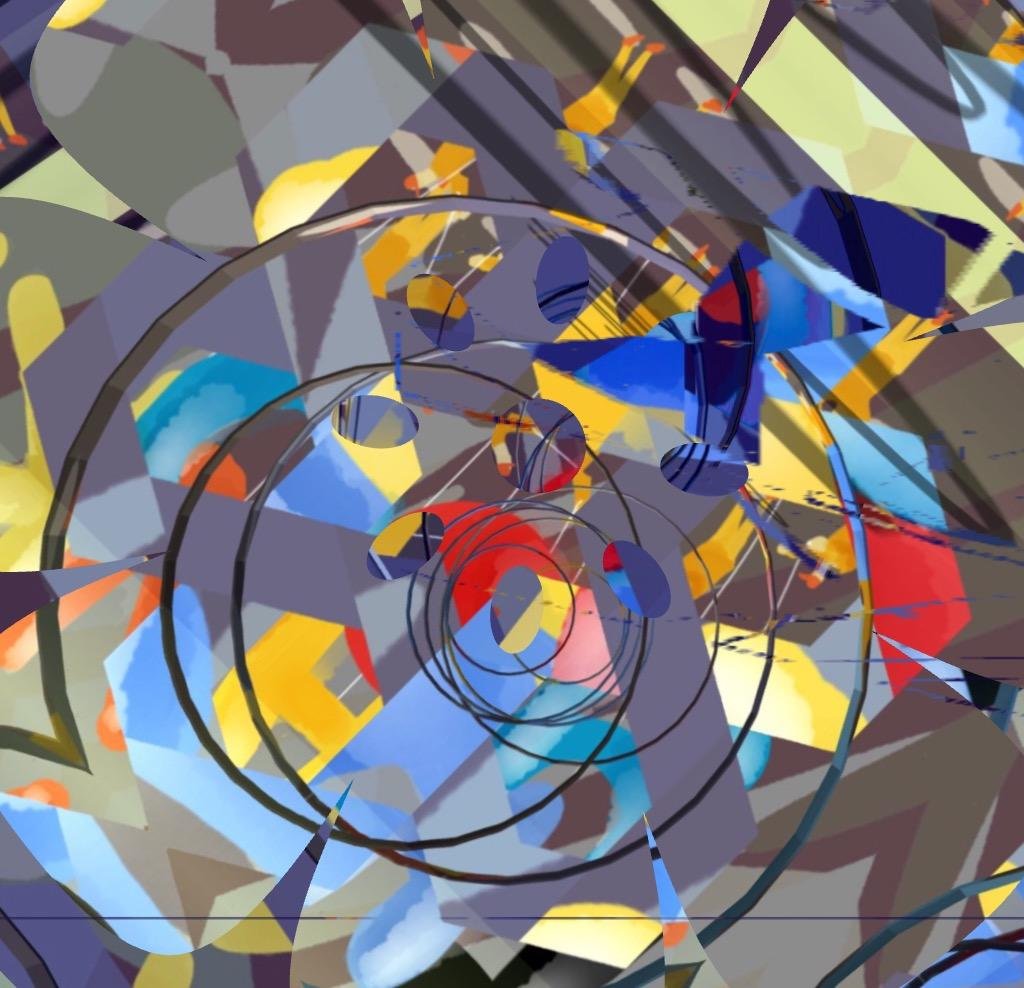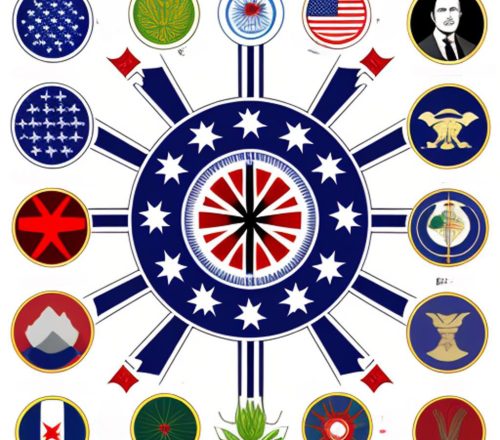
Table of Contents
Cultural, historical, and symbolic meanings
In the context of ancient board games like the Royal Game of Ur (Game of the Palm) and the Game of Hounds and Jackals, the terms “palm,” “hound,” and “jackal” carry various cultural, historical, and symbolic meanings. Understanding these terms in their respective contexts helps us appreciate the deeper significance of these games beyond mere recreation.
The Royal Game of Ur (Game of the Palm)
Meaning of “Palm“
The term “palm” in the context of the Royal Game of Ur is not typically associated with the actual game but may be used metaphorically or symbolically. If we consider the broader Mesopotamian and Near Eastern cultural context, the palm tree and palm motifs often symbolized life, fertility, and prosperity. These symbolic associations could provide a deeper layer of meaning to the game:
- Life and Fertility:
- The palm tree, especially the date palm, was a vital source of food and resources in ancient Mesopotamia.
- As a symbol of life and fertility, the “palm” could represent the journey of life depicted through the gameplay.
- Prosperity:
- The palm was also a symbol of prosperity and abundance, reflecting the aspirational aspects of the game where players strive to successfully navigate their pieces through challenges.
Game of Hounds and Jackals
Meaning of “Hounds“
The “hound” in the Game of Hounds and Jackals holds both practical and symbolic significance in ancient Egyptian culture:
- Loyalty and Protection:
- Hounds, or dogs, were valued for their loyalty, protection, and hunting skills. They were often depicted in Egyptian art as companions and protectors.
- In the context of the game, hounds might symbolize the protective and guiding forces aiding the player’s journey.
- Afterlife Association:
- Dogs were sometimes associated with the afterlife, believed to accompany and protect souls on their journey. This ties into the game’s use in funerary contexts, symbolizing safe passage to the afterlife.
Meaning of “Jackals“
The “jackal” in the Game of Hounds and Jackals has significant mythological and religious connotations in ancient Egyptian culture:
- Anubis and the Afterlife:
- The jackal-headed god Anubis was the deity of mummification and the afterlife. Anubis was believed to protect graves and guide souls through the underworld.
- In the game, jackals could represent Anubis’s role in guiding and safeguarding the deceased in their journey to the afterlife.
- Symbol of Death and Rebirth:
- Jackals were often seen around cemeteries and tombs, leading to their association with death and the transition to the afterlife.
- The inclusion of jackals in the game reflects the themes of death, rebirth, and the spiritual journey, resonating with the game’s use in burial practices.
Cultural and Archaeological Context
Royal Game of Ur (Game of the Palm)
- Cultural Context: The Royal Game of Ur was a popular game in ancient Mesopotamia, found in both royal and commoner graves, indicating its widespread appeal. It was both a recreational pastime and possibly a tool for divination.
- Archaeological Context: Discovered in the Royal Tombs of Ur, the game provides insight into the leisure activities and spiritual beliefs of the Sumerians. The intricate design and craftsmanship of the boards reflect the cultural importance of the game.
Game of Hounds and Jackals
- Cultural Context: The Game of Hounds and Jackals was prevalent in ancient Egypt, often found in tombs, suggesting its role in funerary rituals. The game embodied themes of protection, guidance, and the journey to the afterlife.
- Archaeological Context: Found in various archaeological sites, including Thebes and other parts of the Near East, the game illustrates the interconnectedness of ancient cultures and their shared practices of using games for both entertainment and spiritual purposes.
Conclusion
The terms “palm,” “hound,” and “jackal” in these ancient games are rich with cultural, historical, and symbolic meanings. The palm symbolizes life, fertility, and prosperity in the Royal Game of Ur, reflecting the journey and aspirations of the players. The hounds and jackals in the Game of Hounds and Jackals represent loyalty, protection, death, and the afterlife, underscoring the game’s role in guiding and safeguarding the soul’s journey. These meanings enhance our understanding of how these games were more than just pastimes; they were deeply embedded in the spiritual and cultural fabric of ancient societies.
Curiosity champion GPT
The Curiosity Champion GPT is your go-to for diverse knowledge queries, respecting privacy and copyrights.
Enjoy the readings! Thanks for shares and comments ?
Embark on a journey into the realm of affiliate marketing and craft your own website within a vibrant, supportive community. Join me in this adventure, where you can begin as a free starter and stay as long as you desire. Enjoy complimentary hosting and foundational teachings to set you on your path. For those with advanced skills, opportunities to elevate your expertise await. Take a moment to explore and witness the magic for yourself!




